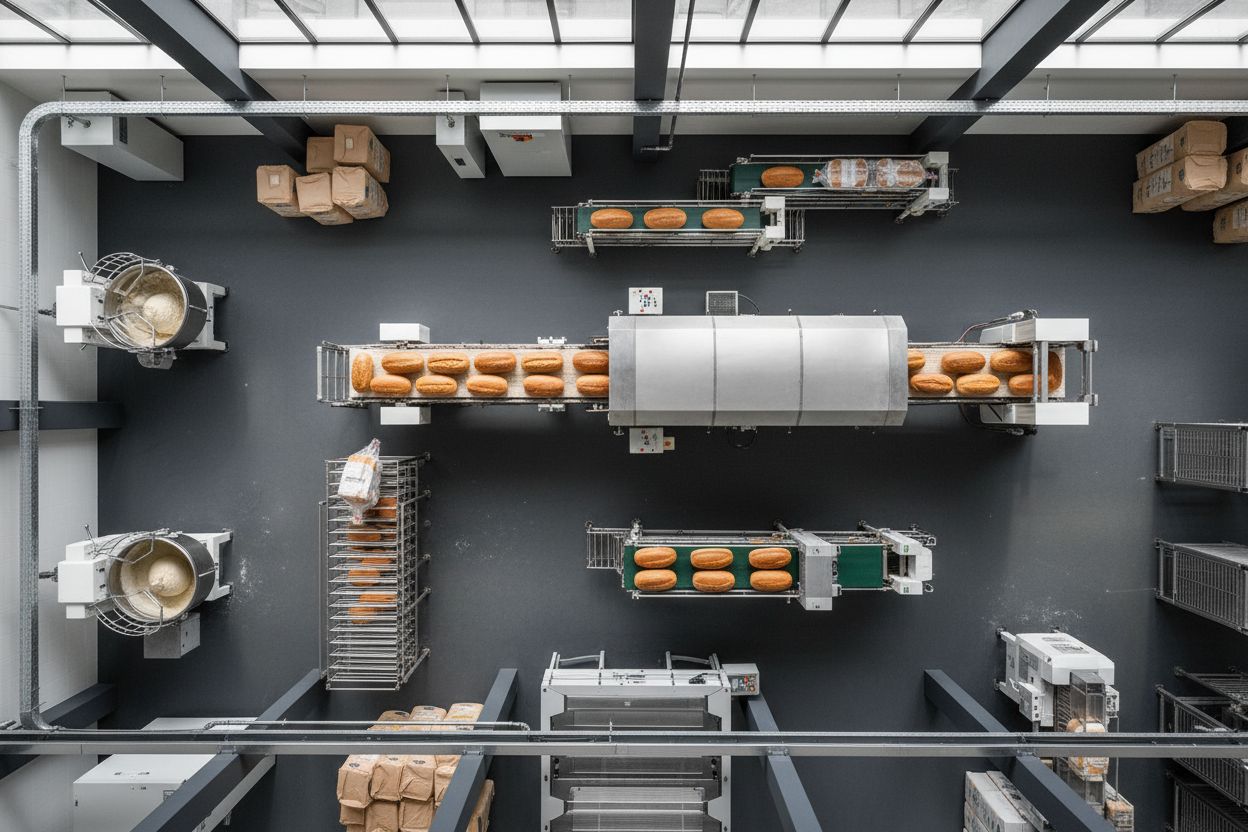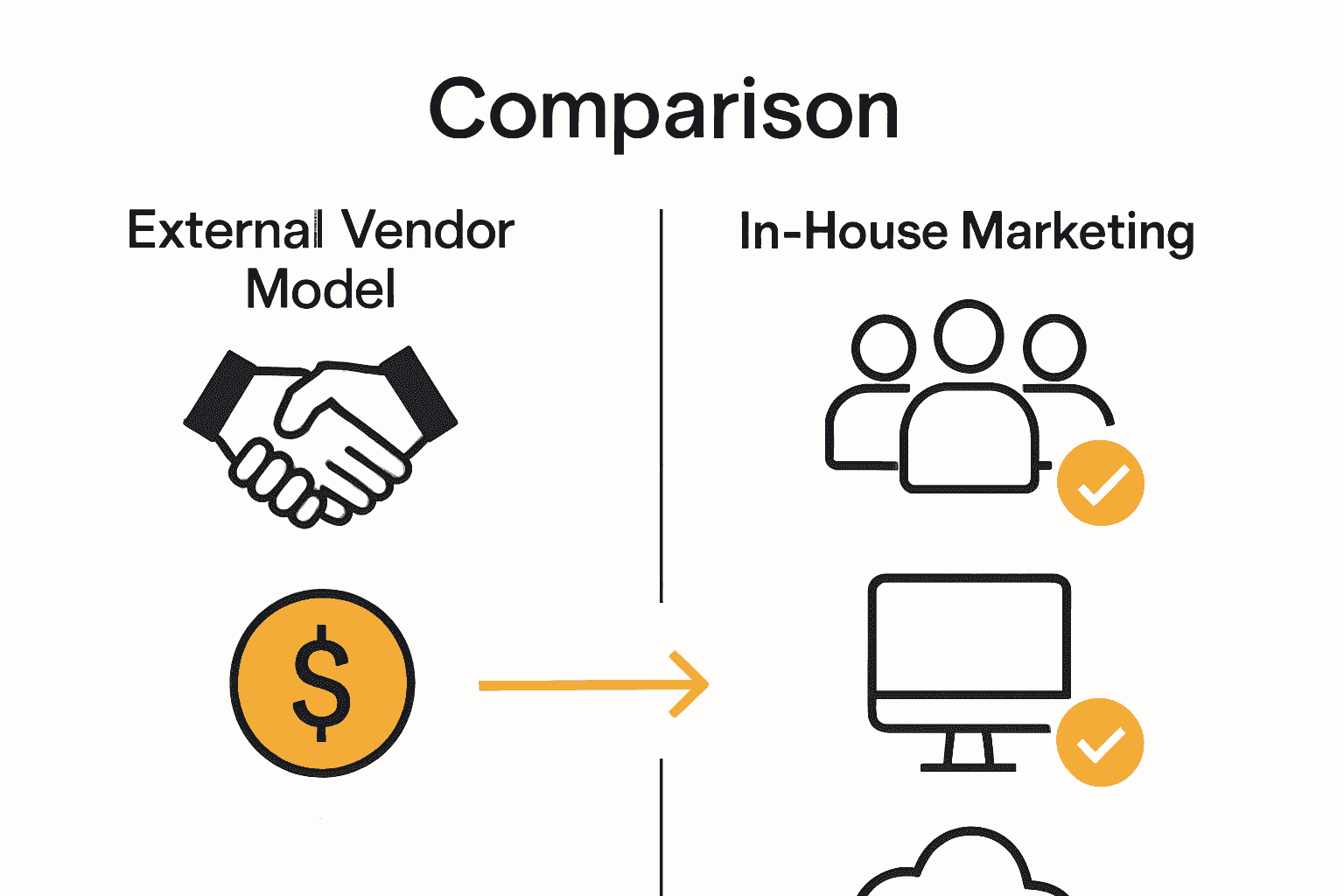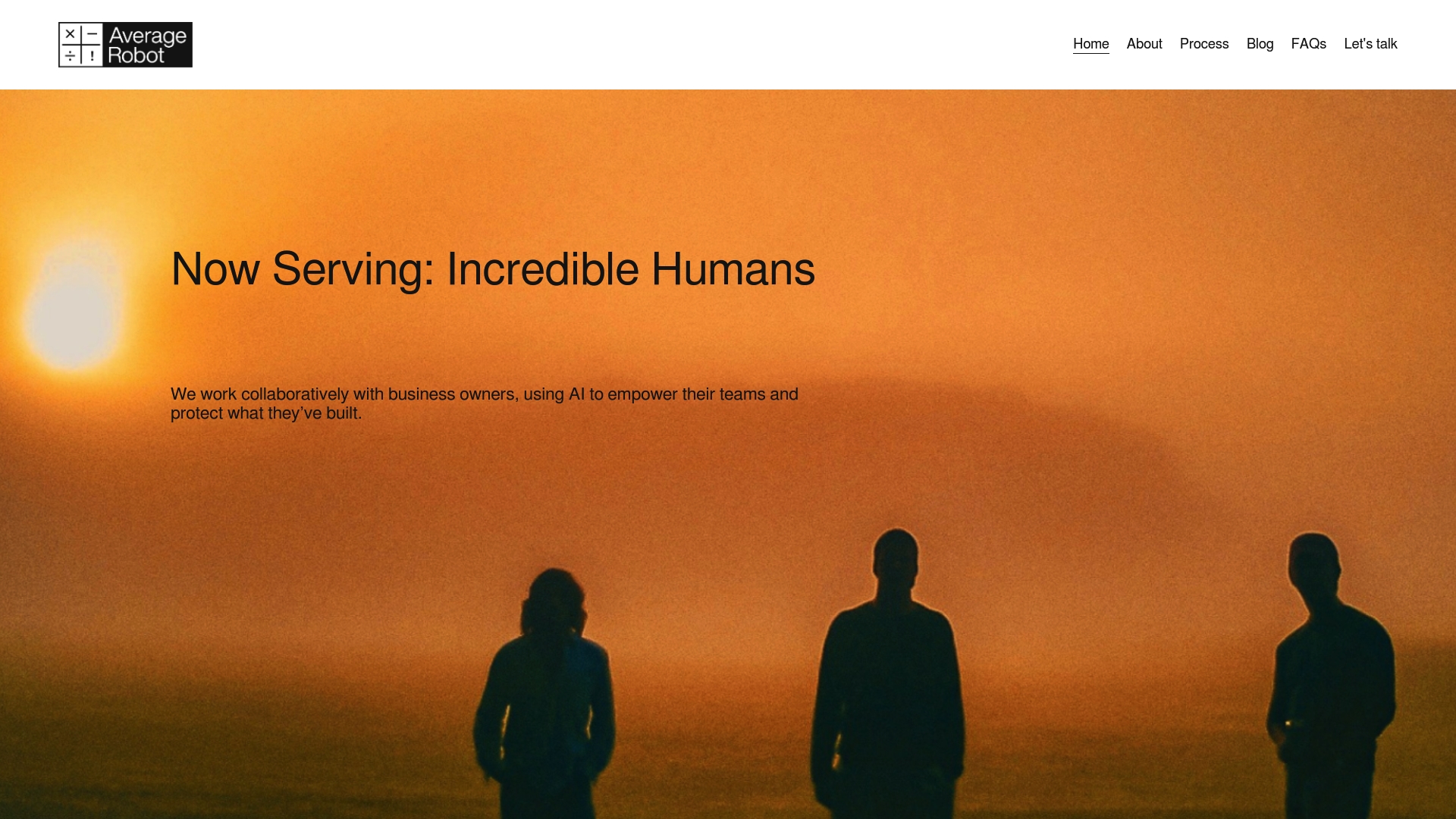Complete Guide to Building Internal Marketing Superpowers

Did you know that companies bringing marketing functions in-house can save up to $500,000 each year? As marketing costs continue to rise, many regional businesses are rethinking how they manage key vendor relationships. Building strong internal marketing capabilities does more than cut expenses—it transforms employee engagement, drives higher customer satisfaction, and creates lasting competitive advantages that keep your business resilient in a fast-changing market.
Key Takeaways
| Point | Details |
|---|---|
| Internal Marketing Benefits | Transforming employees into brand advocates enhances employee satisfaction, engagement, and leads to higher external customer satisfaction. |
| In-Housing Advantages | Replacing external vendor dependencies with in-house capabilities can result in significant cost savings and improved operational efficiency. |
| Empowering Non-Tech Teams | Developing internal capabilities through training and technology integration helps non-technical employees confidently contribute to digital initiatives. |
| Vendor Independence Value | Achieving vendor independence provides strategic agility, data ownership, and consistent brand messaging, creating a sustainable competitive advantage. |
Table of Contents
- Defining Internal Marketing Superpowers And Benefits
- Types Of Vendor Dependencies Your Team Can Replace
- Key Steps To Empowering Non-Tech Teams
- Cost Analysis And Realistic Savings For In-Housing
- Overcoming Resistance And Culture Shifts
- Vendor Independence As A Competitive Advantage
Defining Internal Marketing Superpowers and Benefits
Internal marketing represents a strategic approach where companies transform their employees from mere workers into powerful brand advocates. According to research from Poppulo, this approach goes beyond traditional communication strategies by fostering deep organizational alignment and employee engagement.
At its core, internal marketing superpowers enable organizations to achieve remarkable outcomes by turning their workforce into a synchronized, motivated team. Key benefits include:
- Dramatically improved employee satisfaction and retention
- Enhanced internal communication effectiveness
- Stronger organizational culture and mission alignment
- Increased productivity across all business functions
- Higher external customer satisfaction through engaged employees
According to TechTarget’s definition, internal marketing isn’t just about broadcasting company objectives—it’s about creating meaningful connections that inspire employees to genuinely represent the brand. For $40-75M regional businesses spending $50K-$150K monthly on external vendors, developing these internal marketing capabilities can translate into substantial strategic advantages.
Read more about building real marketing value by transforming how your team perceives and represents your organization. The most successful companies recognize that their employees are not just resources, but their most powerful marketing asset.
Types of Vendor Dependencies Your Team Can Replace
For regional businesses spending $50K-$150K monthly on external vendors, understanding which dependencies can be strategically replaced is crucial. Are you overpaying for work your team could own? According to Marketing Profs research, in-housing models range from fully internal services to hybrid approaches that can dramatically reduce external vendor reliance.
Key vendor categories ripe for internal replacement include:
Here’s a comparison of key vendor services and their in-housing benefits:
| Vendor Service | Typical External Model | In-House Capability Benefits |
|---|---|---|
| Creative Services | Agency design/content creation | Faster turnaround Brand consistency |
| Media Planning/Buying | Outsourced ad placement | Cost control Direct data access |
| Strategic Consulting | Pay-per-project advice | Deeper business alignment On-demand use |
| Data & Reporting | Vendor analytics dashboards | Full data ownership Real-time insights |
| Tech Implementation | Vendor platform management | Tool customization Long-term savings |
- Creative Services: Graphic design, content creation, video production
- Media Planning/Buying: Digital advertising strategy and execution
- Strategic Consulting: Growth planning, market research, competitive analysis
- Data and Reporting: Analytics, performance tracking, optimization services
- Technology Implementation: Marketing technology stack management
As The Matrix Point research indicates, bringing these functions in-house can transform how organizations manage marketing capabilities. By replacing external dependencies with internal salary-based teams and targeted software tools, businesses can achieve more agile, cost-effective marketing operations.
The goal isn’t total elimination of external support, but strategic reduction of vendor dependencies. Successful in-housing means building internal capabilities that deliver equivalent—or superior—results while maintaining flexibility and reducing long-term operational costs.

Key Steps to Empowering Non-Tech Teams
Adopting AI for small business teams requires a strategic approach that transforms non-technical employees into confident, capable digital contributors. According to Marketing Profs research, successful hybrid models empower teams by providing control over data and platforms while maintaining strategic external expertise.
Key steps to building internal capabilities include:
- Capability Development: Create targeted training programs
- Confidence Building: Implement low-risk AI experimentation environments
- Strategic Alignment: Connect AI tools directly to business objectives
- Continuous Learning: Establish ongoing skills enhancement mechanisms
- Cultural Integration: Foster a technology-positive organizational mindset
As Flock Associates research indicates, the focus should shift from pure cost reduction to strategic team enablement. This means designing future-ready operating models where non-tech teams can consistently and efficiently deliver brand messaging through enhanced technological capabilities.
The ultimate goal is creating an environment where technology becomes an invisible, empowering tool—not an intimidating barrier. By demystifying AI and providing structured learning pathways, businesses can transform potentially hesitant employees into confident, technology-enabled professionals who drive organizational innovation.

Cost Analysis and Realistic Savings for In-Housing
In-housing represents more than just a cost-cutting strategy—it’s a fundamental transformation of how businesses manage marketing capabilities. Understanding the financial implications is crucial for regional businesses spending $50K-$150K monthly on external vendors. According to The Matrix Point research, internal team costs break down strategically across multiple roles and resources.
Typical in-housing cost structures include:
- Internal Salaries:
- Media Planner/Buyer: $100,000/year
- Search Specialist: $90,000/year
- Social Media Specialist: $70,000/year
- Ad Operations: $60,000/year
- Software and Technology: Approximately $7,500/month
- Research Subscriptions: Around $120,000/year
Marketing Profs research highlights remarkable case studies of major brands achieving substantial savings. Companies like AT&T saved $100M annually in programmatic advertising, while Bayer cut $10M in just six weeks by bringing capabilities in-house.
The critical insight is evaluating savings comprehensively—across creative services, analytics, technology platforms, and strategic capabilities—not just media fees. For $40-75M regional businesses, this approach can translate to $200K-$500K in annual vendor cost reductions, transforming external spending into internal strategic capabilities.
Overcoming Resistance and Culture Shifts
Owner-led AI adoption strategies are critical in transforming organizational mindsets around in-housing capabilities. According to Flock Associates research, successful cultural transformation requires addressing key challenges like talent management, governance structures, and strategic ecosystem design.
Critical areas of resistance typically include:
- Talent Concerns: Fear of skill gaps and recruitment challenges
- Leadership Uncertainty: Lack of clear vision and transition strategy
- Quality Control Fears: Worries about maintaining external vendor standards
- Technology Intimidation: Perceived complexity of new operational models
- Change Management Anxiety: Discomfort with shifting established workflows
Marketing Profs research emphasizes that implementing in-house models demands substantial upfront investment in talent, technology, and structured transition planning. For $40-75M regional businesses, this means creating a deliberate change management approach that addresses both practical and emotional aspects of organizational transformation.
The most successful transitions view culture shift not as a technical challenge, but as a human journey. By providing clear leadership, transparent communication, and incremental learning opportunities, businesses can transform potential resistance into enthusiastic organizational adoption—turning what seems like a disruption into a powerful strategic advantage.
Vendor Independence as a Competitive Advantage
Understanding the strategic value of in-house capabilities transforms vendor dependencies from a business cost into a powerful competitive differentiator. According to Marketing Profs research, vendor independence provides brands unprecedented control over critical business capabilities like data, creative strategy, media buying, and strategic insights.
Key competitive advantages of breaking vendor dependencies include:
- Strategic Agility: Faster campaign execution and decision-making
- Data Ownership: Complete control over proprietary business intelligence
- Cost Efficiency: Eliminating recurring agency and consultant fees
- Brand Consistency: Unified messaging across all marketing channels
- Predictive Capabilities: Enhanced internal analytics and forecasting
Flock Associates research highlights that greater internal control enables organizations to be more responsive and strategically aligned. For $40-75M regional businesses spending $50K-$150K monthly on external vendors, this translates into a potential $200K-$500K annual savings and a significant competitive edge.
Vendor independence isn’t just about cutting costs—it’s about building a more intelligent, responsive, and self-sufficient organization. By transforming external dependencies into internal capabilities, businesses create a sustainable competitive advantage that goes beyond traditional outsourcing models.
Cut Your $50K-$150K Vendor Bill — Replace Consultants, Not Your People
Spending over $600,000 every year on agencies, consultants, and technology partners? For Midwest and Southeast businesses that started with a passion for craft, not technology, the pain is real. The article pulls back the curtain on the ‘outsourcing tax’ that chips away at your margins and ties up your team. You are likely overpaying across multiple vendor categories, from marketing agencies to strategy consultants and tech implementers. But the biggest frustration is watching dollars and control vanish while your focus drifts from what really matters: the core business.

Ready to break free and empower your team to own what you have been paying others to do? Now is the time to take back control and put $200K-$500K a year back on your bottom line. Start with a free Vendor Dependency Assessment at Average Robot. Map every dollar, uncover immediate savings, and see how to cut your outsourcing costs by 30-40 percent. Let us help you replace your vendor spend with real internal capability. Take the next step at average-robot.com and stop paying for work your team could own.
Frequently Asked Questions
What are the benefits of internal marketing?
Internal marketing improves employee satisfaction and retention, enhances communication, strengthens organizational culture, increases productivity, and boosts external customer satisfaction through engaged employees.
How can we build internal marketing capabilities in our team?
Building internal marketing capabilities involves implementing targeted training programs, fostering an environment for low-risk experimentation, aligning strategic goals with tools, and focusing on continuous learning and cultural integration.
What vendor dependencies can we replace with internal teams?
Key vendor services that can be replaced include creative services, media planning and buying, strategic consulting, data and reporting, and technology implementation, allowing for greater agility and cost control.
How does in-housing marketing functions help in cost savings?
In-housing marketing functions can lead to significant cost savings by replacing external vendor fees with internal salaries and efficiencies. Companies have reported savings ranging from $200K to $500K annually by managing their marketing internally.




